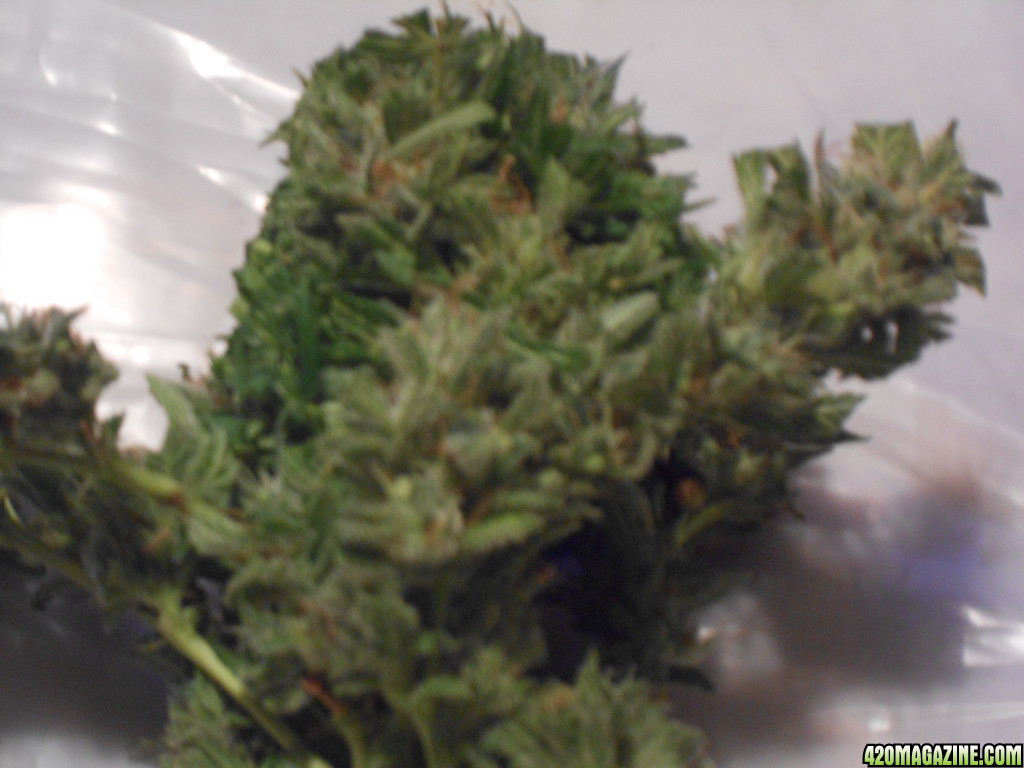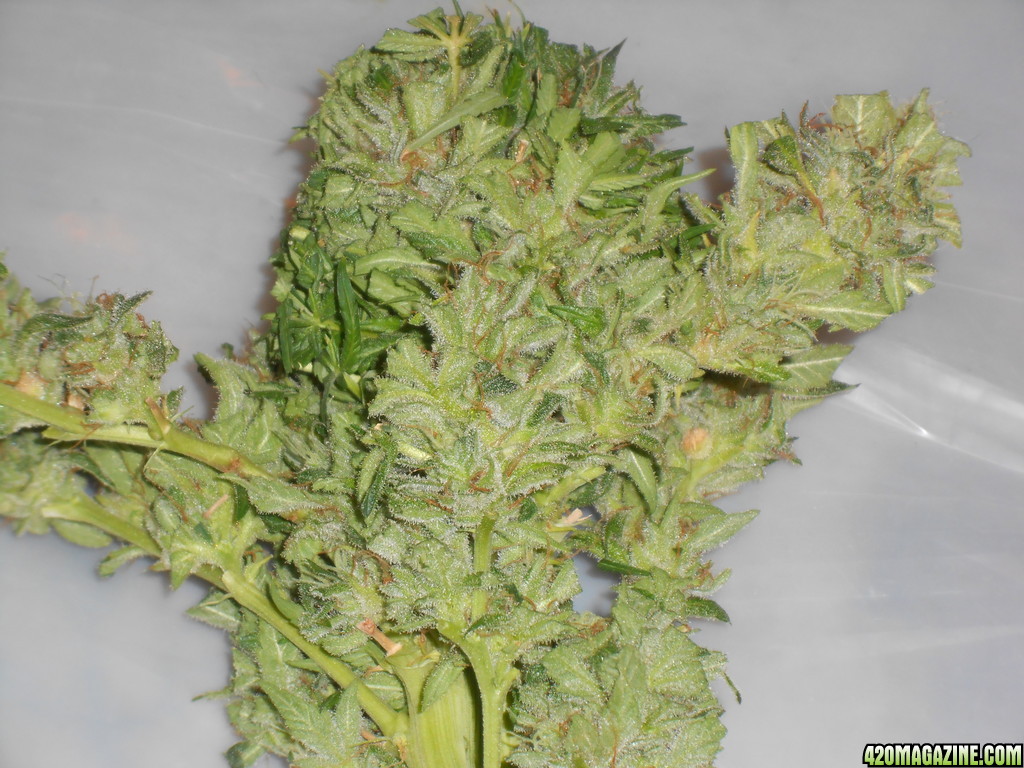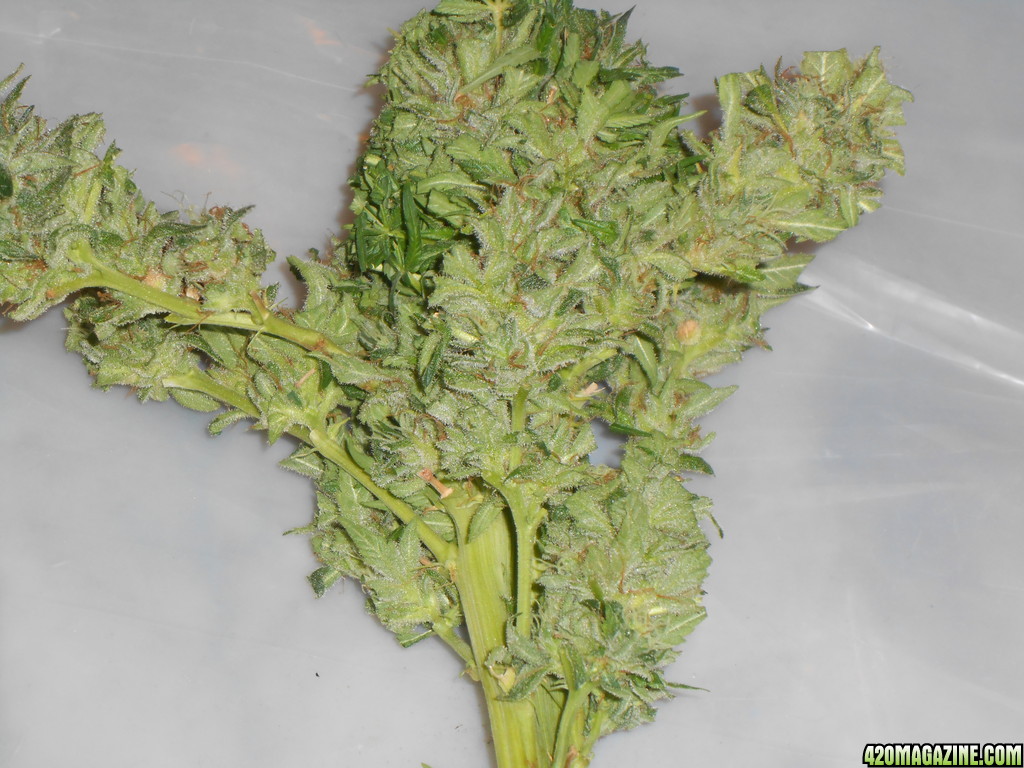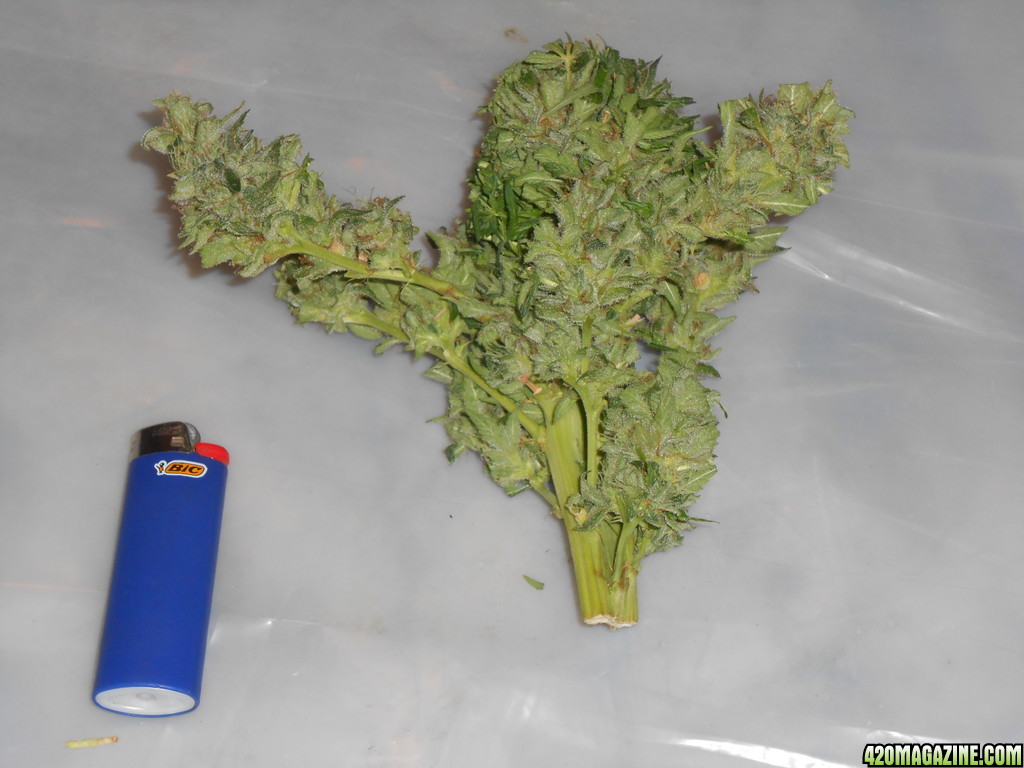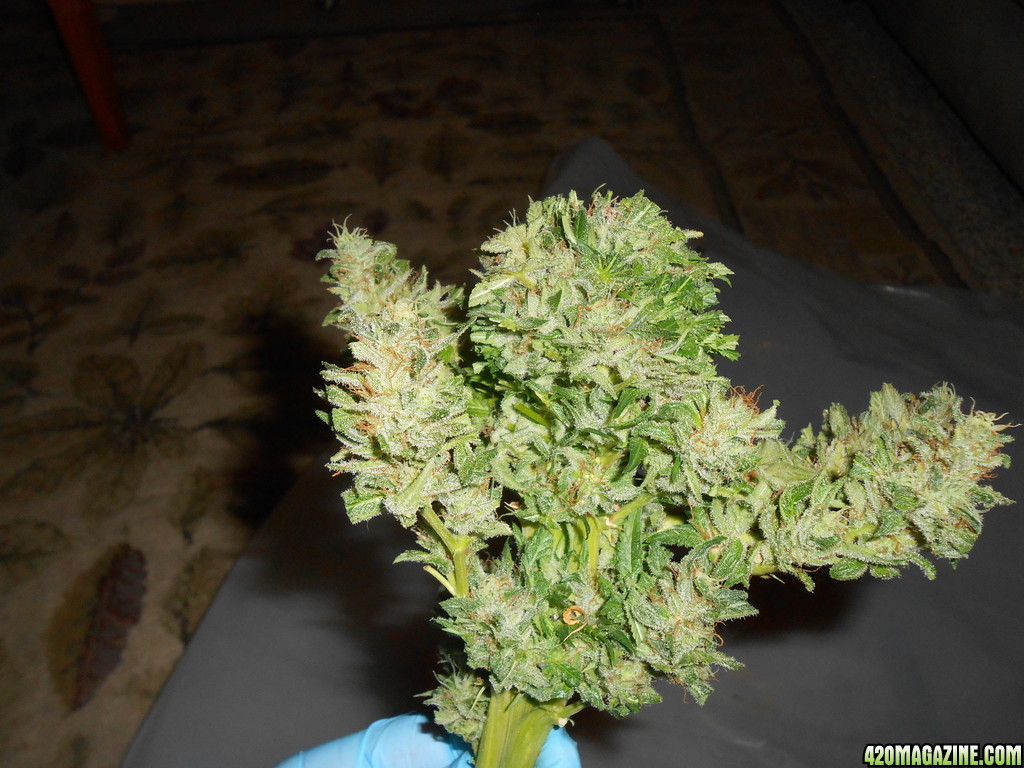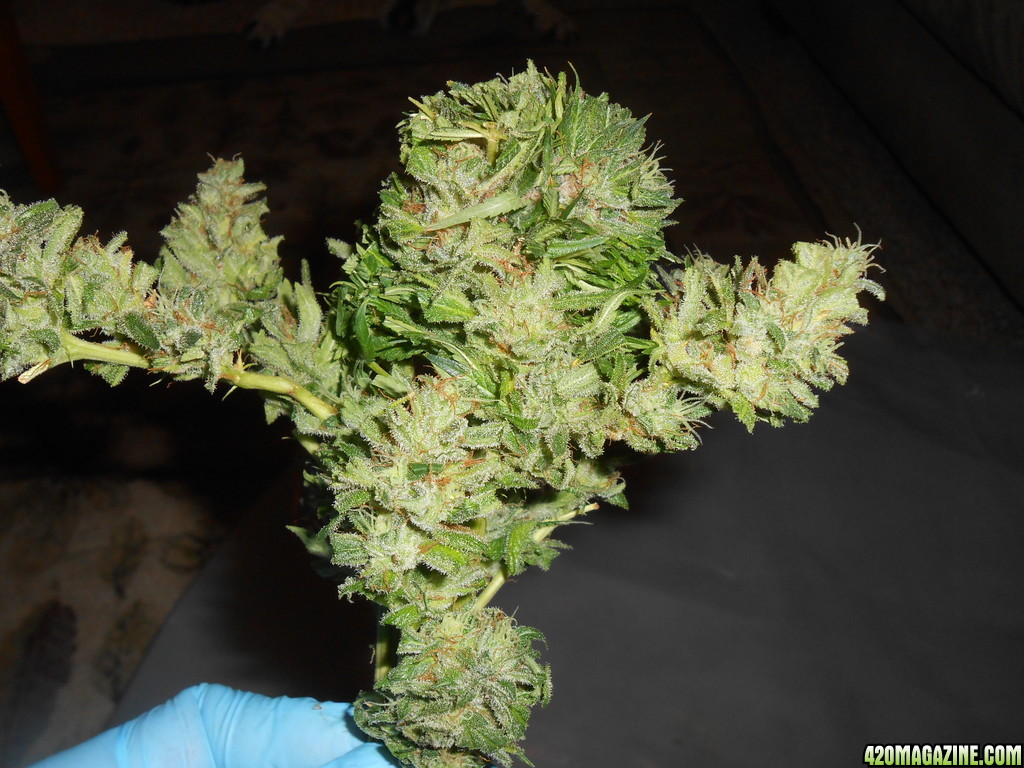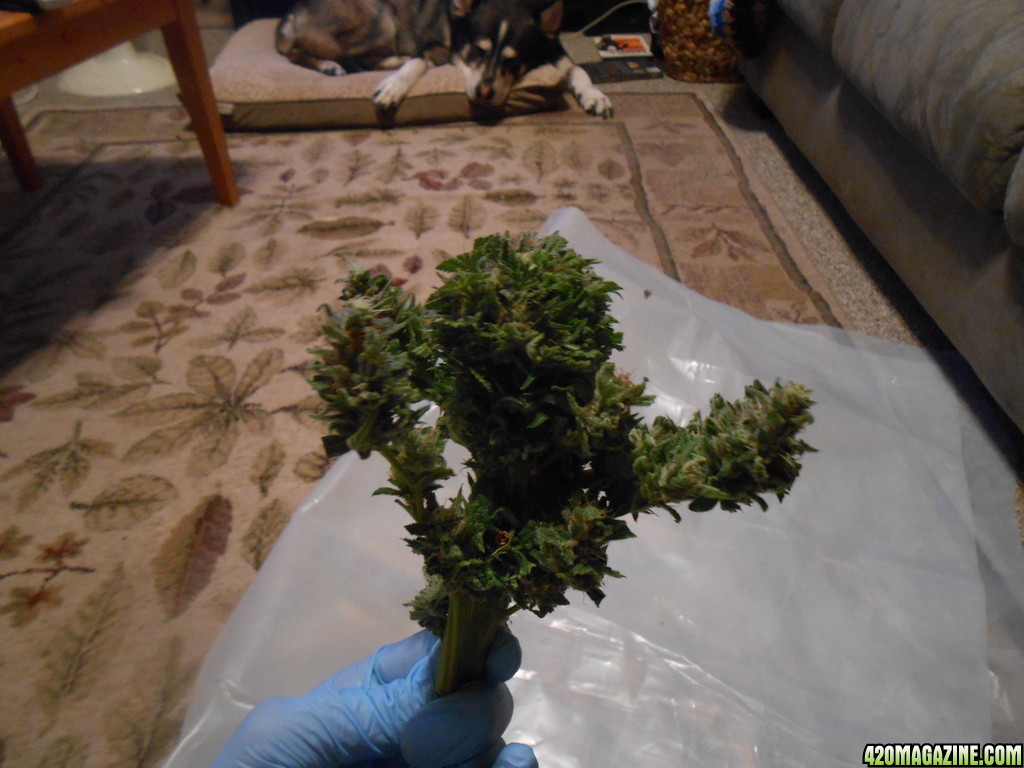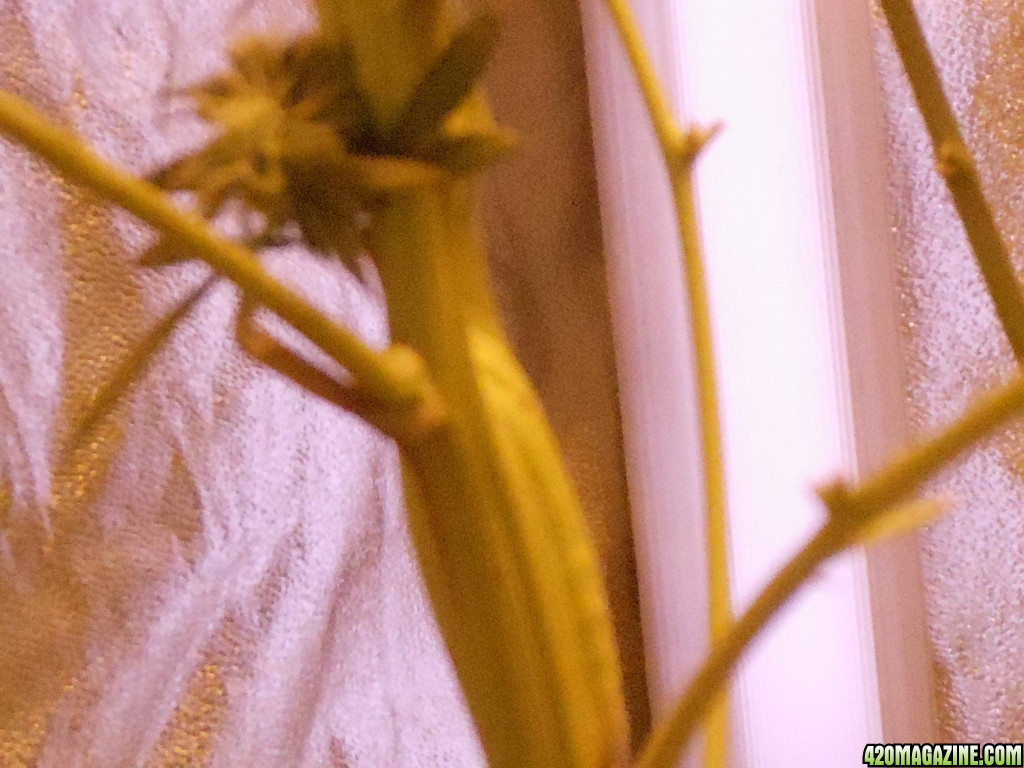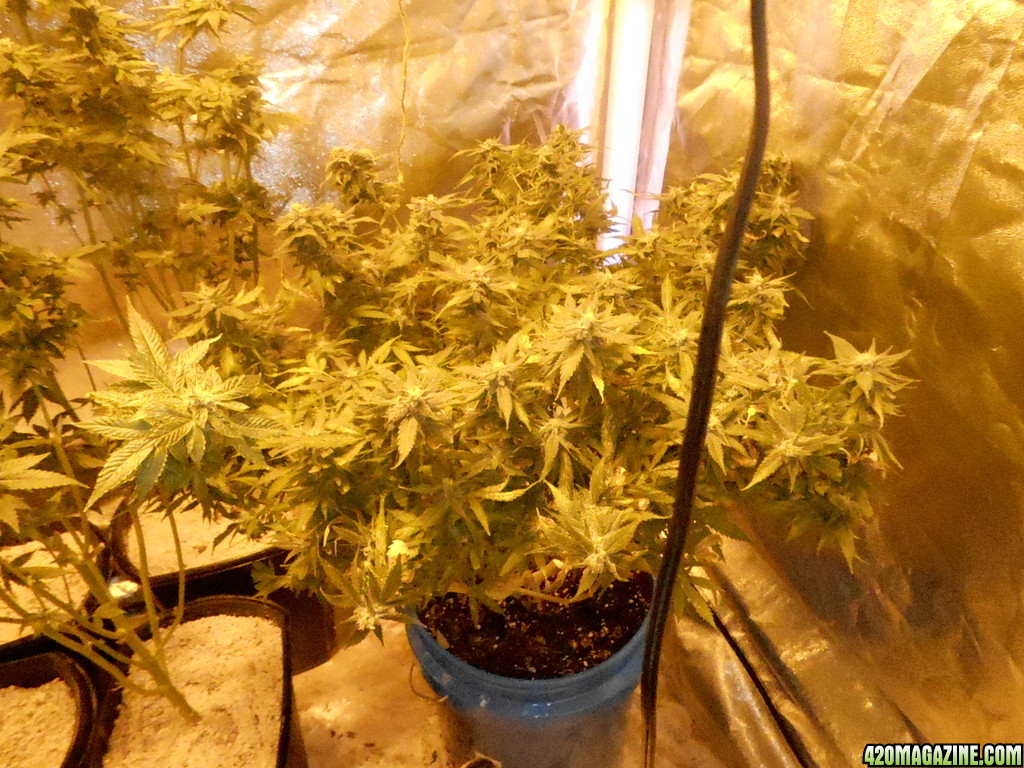Javahead
New Member
I search the forums, & didn't find anything. Now that I've caught up on "auto-Flowering", and a bit more on indicas. I got to wondering about ployploiding pot, and what had been done there.
A quick primer for the kids out there, is here
Polyploids
H.R. Warmke also experimented with breeding programs during the war years. Polyploid Cannabis plants were produced by treatment with the alkaloid colchicine. Colchicine interferes with normal mitosis, the process in which cells are replicated. During replication, the normal doubling of chromosomes occurs, but colchicine prevents normal separation of the chromosomes into two cells. The cell then is left twice (or more then) the normal chromosome count.
Warmke's experiments concluded that polyploids contained higher concentrations of the "active ingredient." However, the procedure for measuring that ingredient was much the same is described for grafting, with probably similar shortcomings.
Polyploid Cannabis has been found to be larger, with larger leaves and flowers. Recent experience has shown that polyploids are not necessarily higher in potency. Usually they are about equal to diploid siblings.
Colchicine is a highly poisonous substance. The simplest and safest way to induce polyploids is to soak seeds in a solution of colchicine derived from bulbs of winter or autumn crocus (Colchicum). Mash the bulbs and add an equal part of water. Strain through filter paper (or paper towels). Soak seeds in the solution and plant when they start to germinate. Cultivate as usual.
Only some of the seeds will become polyploid. Polyploid sprouts generally have thicker stems, and the leaves are often unusually shaped, with uneven-sized blades. Leaves also may contain more than the usual number of blades. As the plant grows, leaves should return to normal form, but continue to be larger and with more blades.
If no polyploids sprout, use less water in preparing the solution.
Colchicine is also a prescribed drug for treatment of gout and is taken in pill form. These usually contain .6 mg per tablet. Use 10 tablets per ounce of water, and soak the seeds as described above.
Colchicine is also sold by mail-order firms which advertise in magazines such as Head or High Times.
Because colchicine is a poison, it should be handled carefully. It is not known if plants from seeds treated with colchicine will contain a harmful amount of colchicine when plants are grown. Harm is unlikely, because the uptake by the seed is so small, and because the colchicine would be further diluted during growth, as well as diminished by smoking. But we cannot guarantee that you can safely smoke colchicine-treated plants.
I found this online, but I *THINK* it's from the The Connoisseur's Handbook of Marijuana, William Daniel Drake Jr.
Erowid Library/Bookstore : 'The Connoisseur's Handbook of Marijuana'
Well I just looked all over the internet, I can't find an Image of a Polyploid plant (grrr). I Have seen them before, maybe in "Marijuana Botany: An Advanced Study: The Propagation and Breeding of Distinctive Cannabis By Robert Connell Clarke. Marijuana Botany
Anyway, way back in the 70's I read Warmke's research, very cool stuff. The Plants I have seen had maxed at 21 leaves per cluster (7 x 3) or 15 (5 x 3) they looked like a hand of poker card fanned out, just Awesome! The Problem is, you cant smoke the first gen, all poisoned. But You might be able to make clones safely? or for sure do some bomb breeding.
Just wondering about it, it's what we used to do in the OLD days.
A quick primer for the kids out there, is here
Polyploids
H.R. Warmke also experimented with breeding programs during the war years. Polyploid Cannabis plants were produced by treatment with the alkaloid colchicine. Colchicine interferes with normal mitosis, the process in which cells are replicated. During replication, the normal doubling of chromosomes occurs, but colchicine prevents normal separation of the chromosomes into two cells. The cell then is left twice (or more then) the normal chromosome count.
Warmke's experiments concluded that polyploids contained higher concentrations of the "active ingredient." However, the procedure for measuring that ingredient was much the same is described for grafting, with probably similar shortcomings.
Polyploid Cannabis has been found to be larger, with larger leaves and flowers. Recent experience has shown that polyploids are not necessarily higher in potency. Usually they are about equal to diploid siblings.
Colchicine is a highly poisonous substance. The simplest and safest way to induce polyploids is to soak seeds in a solution of colchicine derived from bulbs of winter or autumn crocus (Colchicum). Mash the bulbs and add an equal part of water. Strain through filter paper (or paper towels). Soak seeds in the solution and plant when they start to germinate. Cultivate as usual.
Only some of the seeds will become polyploid. Polyploid sprouts generally have thicker stems, and the leaves are often unusually shaped, with uneven-sized blades. Leaves also may contain more than the usual number of blades. As the plant grows, leaves should return to normal form, but continue to be larger and with more blades.
If no polyploids sprout, use less water in preparing the solution.
Colchicine is also a prescribed drug for treatment of gout and is taken in pill form. These usually contain .6 mg per tablet. Use 10 tablets per ounce of water, and soak the seeds as described above.
Colchicine is also sold by mail-order firms which advertise in magazines such as Head or High Times.
Because colchicine is a poison, it should be handled carefully. It is not known if plants from seeds treated with colchicine will contain a harmful amount of colchicine when plants are grown. Harm is unlikely, because the uptake by the seed is so small, and because the colchicine would be further diluted during growth, as well as diminished by smoking. But we cannot guarantee that you can safely smoke colchicine-treated plants.
I found this online, but I *THINK* it's from the The Connoisseur's Handbook of Marijuana, William Daniel Drake Jr.
Erowid Library/Bookstore : 'The Connoisseur's Handbook of Marijuana'
Well I just looked all over the internet, I can't find an Image of a Polyploid plant (grrr). I Have seen them before, maybe in "Marijuana Botany: An Advanced Study: The Propagation and Breeding of Distinctive Cannabis By Robert Connell Clarke. Marijuana Botany
Anyway, way back in the 70's I read Warmke's research, very cool stuff. The Plants I have seen had maxed at 21 leaves per cluster (7 x 3) or 15 (5 x 3) they looked like a hand of poker card fanned out, just Awesome! The Problem is, you cant smoke the first gen, all poisoned. But You might be able to make clones safely? or for sure do some bomb breeding.
Just wondering about it, it's what we used to do in the OLD days.



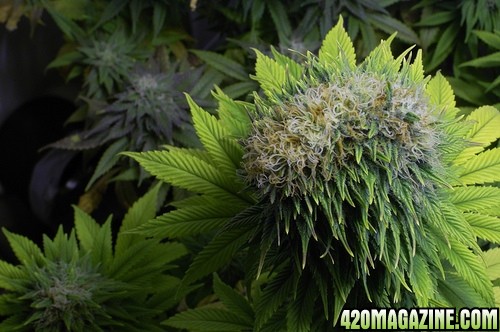
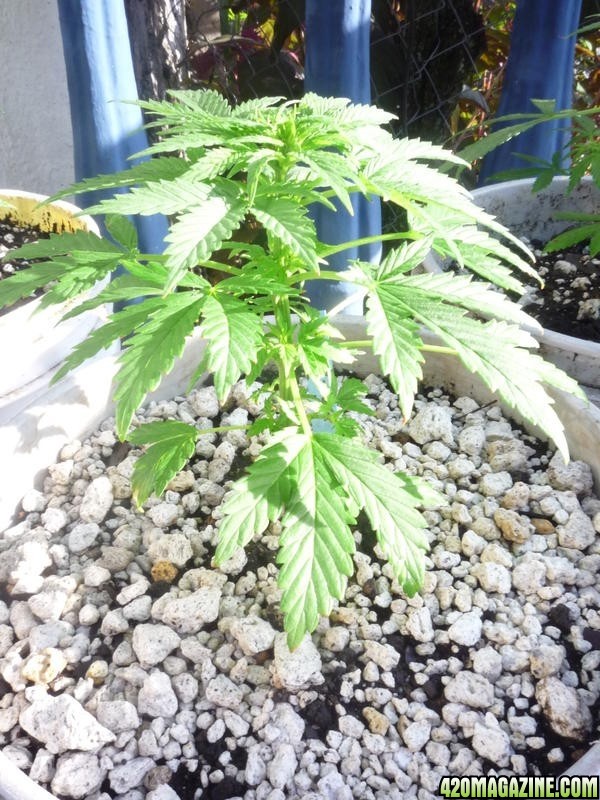
 I think that with the short grow times it would be a hoot, and really cool science, to boot!
I think that with the short grow times it would be a hoot, and really cool science, to boot!

